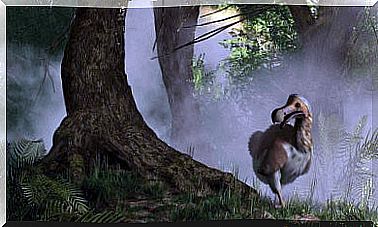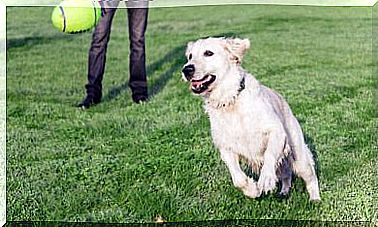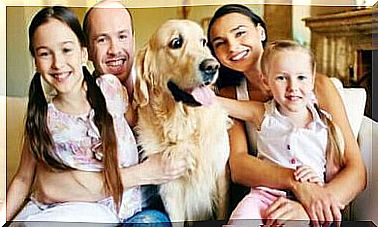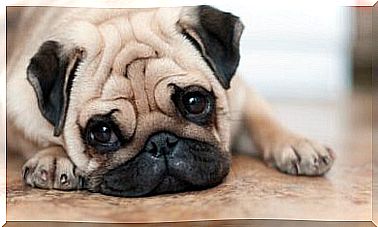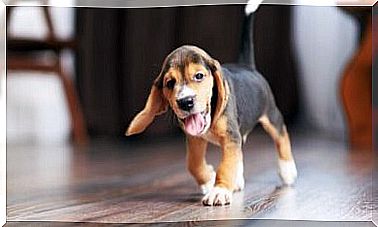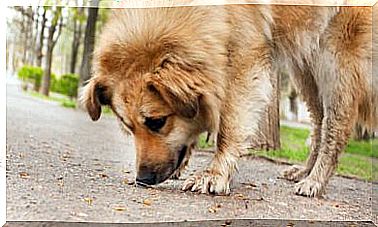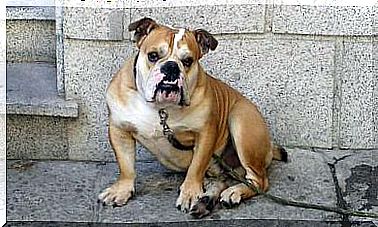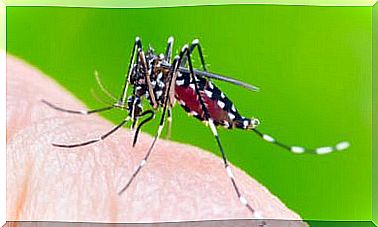Teeth Cleaning Under Anesthesia In Dogs: Is It Safe?
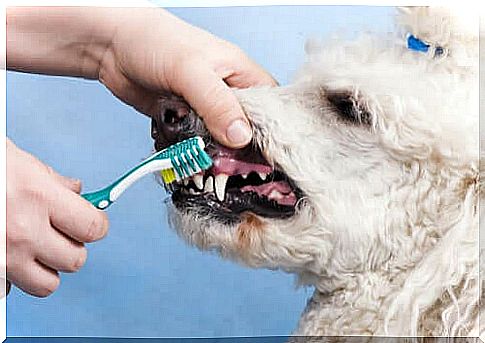
Prophylaxis in dogs is one way of taking all hygienic measures to protect an animal from disease. These measures also include one that discourages many dog owners, although it is necessary: dental prophylaxis. And this includes, for example, regular teeth cleaning by a veterinarian.
The fear associated with this procedure is due to the fact that it is performed under general anesthesia. However, both dogs and cats need this form of anesthesia during teeth cleaning .
Teeth cleaning in dogs under general anesthesia
Many dog owners wonder why their dog’s teeth need to be cleaned under general anesthesia. The truth is, general anesthesia is required to perform a full cleanse. This also removes tartar from the dog’s teeth and gums.
Even if your dog is very tolerant of strangers, the vet might only be able to clean the most visible areas of the teeth if your pet were awake during the procedure. However, this would leave most of the tartar under the gums behind.
In addition, there are other important reasons that speak in favor of only performing this type of cleaning under anesthesia:
- The animal’s movements. There is a risk of your pet moving around while cleaning. And this, in turn, could result in a cleaning instrument injuring the dog’s gums or some other part of the dog’s oral cavity.
- Stress. In a procedure without anesthesia, the awake animal would be exposed to high levels of stress, for example from the immobilization of its limbs, the noise of the machines and the feel of the instruments in its mouth. As a result, the procedure would be very dangerous, especially if the pet has respiratory or heart disease.
- Residual water that occurs during cleaning. Dental instruments remove water while the vet cleans the animal’s mouth. The vet will use a small tube that is inserted into your dog’s mouth to soak up the excess water. If your pet stayed awake while cleaning, it would be very difficult to keep them from swallowing the tartar-filled water. Your pet could even choke if the water was inhaled through their lungs.
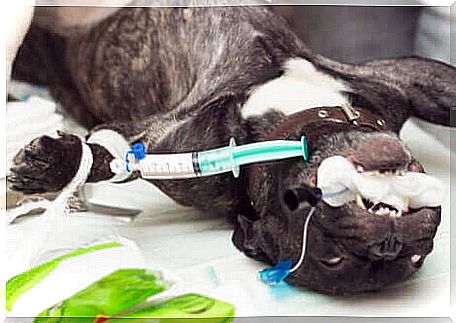
Teeth Cleaning in Dogs: Is General Anesthesia Safe?
It is true that general anesthesia carries risks. However, these can be minimized through prior preoperative tests. And while these tests are not mandatory, they are still highly recommended by any veterinarian.
For example, in some cases preoperative tests include a full blood test and an X-ray.
If your vet has these parameters in hand prior to treatment, they can decide whether normal cleaning is safe or whether extra care is required while your dog is anesthetized. Therefore, it is important to let your veterinarian know if your dog has heart or respiratory problems.
The risk of periodontal disease
Some breeds are more prone to dental problems than others. Smaller breed dogs, such as Yorkshire terriers, Pomeranians, or Chihuahuas, are more likely to build up tartar. These dogs will most likely need a teeth cleaning before they are five years old.
Periodontal disease is one of the most common diseases that occur in the dog’s mouth. This disease starts with bacteria multiplying in the mouth. These bacteria, together with food particles and saliva, form plaque.
This turns the teeth yellow and creates a hard layer of tartar. As a result, inflammation of the gums can develop. In addition, dogs with this condition can also have bad breath.
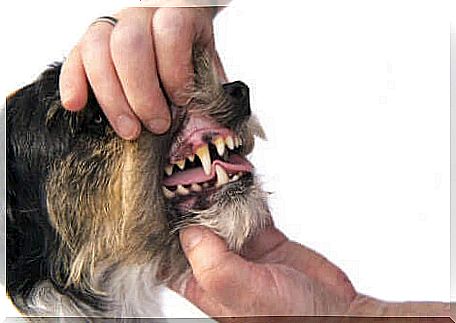
As the disease progresses, plaque destroys the tissue that holds the tooth root. This can cause the teeth to loosen and ultimately fall out. In addition, once the root is exposed, the bacteria can enter the bloodstream. And this, in turn, can lead to heart, breathing, or digestive problems.
Given the consequences that this disease can have if the disease progresses, cleaning dogs under general anesthesia is a safe option as long as you follow your veterinarian’s recommendations.
